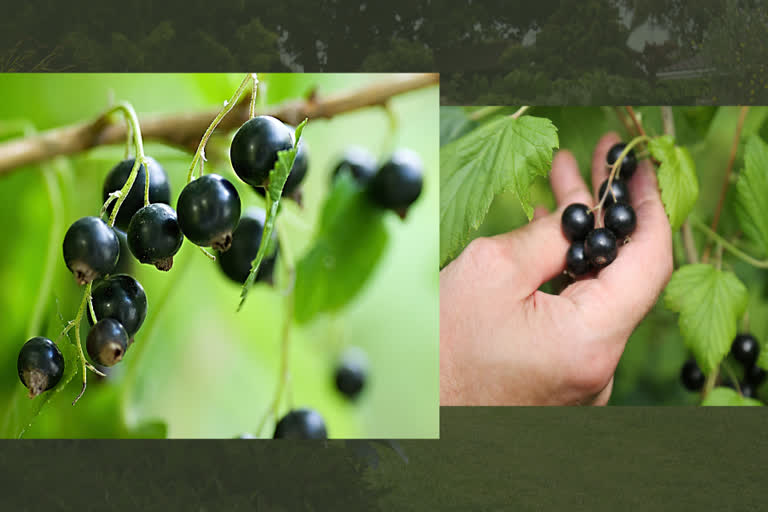New Scientist, UK: With the gardening net, and bamboo canes, one can prevent the blackcurrant bushes from the birds from stealing the crop.
Blackcurrants' weakness, though, is a potential vulnerability to climate change. If the winter isn't sufficiently cold for long enough, this interferes with flowering and leads to a smaller crop. "If they haven't received enough chill, they still think they're in winter," says Hamlyn Jones at the University of Dundee, UK.
Although the average temperature in the UK has risen by only about 1°C since the 1960s, winters have warmed more than summers. Plus, a small increase in average temperature tends to give a disproportionately large fall in the number of hours spent below 7°C, a common measure of how much winter chilling a fruit crop has had.
Fortunately, some varieties can get by with less winter chilling than others.
This year, commercial growers have seen the first harvest from a new variety called Ben Lawers, which has been bred to cope with warmer winters. You can see the "chilling hour" requirements for many varieties on the Agriculture and Horticulture Development Board website, for example, and it also lets you look up how many chilling hours different regions in the UK experienced last year.
A variety called Ben Hope that is popular with home growers is also tolerant of warmer winters and is ideal for gardens in the south of the UK. But those in cooler regions might be better off with a variety like Ben Lomond, which needs more chilling hours but flowers later in the year and so is less likely to suffer if there are late frosts.
Late autumn and winter is the ideal time to plant a blackcurrant bush, in the dormant season – just avoid doing so if the soil is frozen or very wet. Once in the ground, brutally lop off all the stems down to a few centimetres. In 18 months, the summer after next, you will have your first harvest.
Blackcurrants aren't usually sweet enough to eat straight from the bush, but you can boil them up with sugar to make a delicious coulis for ice cream or Greek yoghurt. If I have a good crop, I also make blackcurrant sorbet by straining out the skins and pips, putting it in a tub in the freezer and mixing up the slush three or four times to stop large ice crystals from forming – no ice-cream maker needed.
(c) 2020 New Scientist Ltd.
Distributed by Tribune Content Agency, LLC



